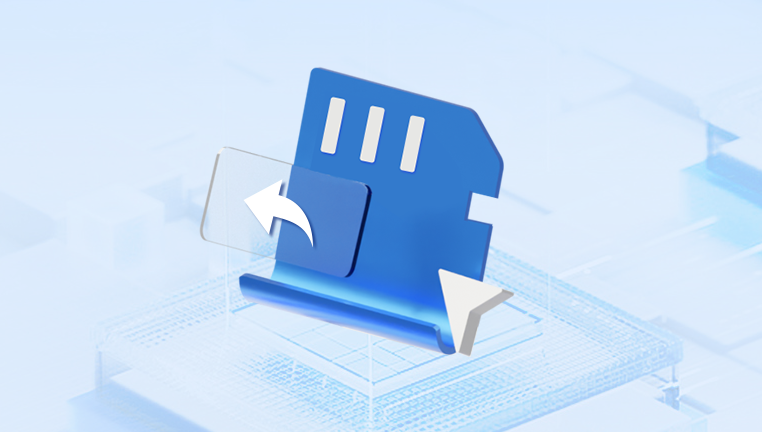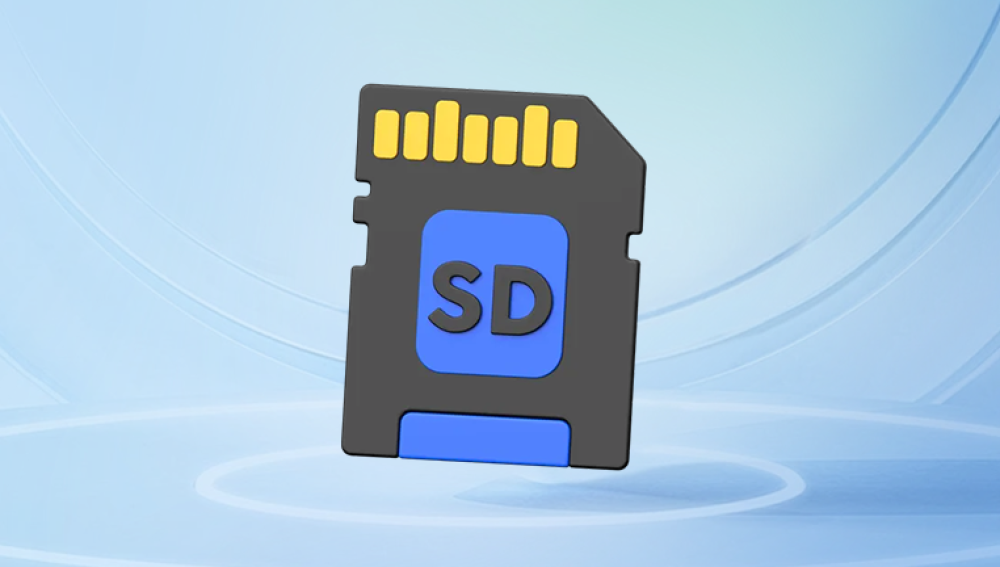The GMC navigation system relies heavily on the SD card to store essential map data and software required for the system to function correctly. The SD card acts as the heart of the navigation unit, housing all the necessary information to guide drivers to their destinations efficiently. Understanding its role and the implications of its removal is crucial for maintaining the system's reliability.
GMC vehicles are equipped with advanced navigation systems designed to provide real-time directions, traffic updates, and points of interest. These systems are integrated with the vehicle's infotainment unit, ensuring a seamless user experience. The SD card is a critical component, serving as the storage medium for all navigation-related data.

Role and Importance of the SD Card
The SD card in a GMC navigation system holds a comprehensive database of maps, routes, and software updates. It ensures that drivers have access to the latest geographic information and navigation software, facilitating accurate and efficient travel. The SD card also plays a vital role in backup and recovery, allowing users to restore their navigation system in case of data loss or corruption.
Reasons for Removing the SD Card
There are several scenarios where removing the SD card might be necessary. Routine updates are one of the primary reasons, as map data and software need periodic refreshing to remain accurate. Troubleshooting and system resets might also require the removal of the SD card to address technical issues. Additionally, users might transfer the SD card to another vehicle or device for various purposes.
Consequences of Removing the SD Card
Removing the SD card can lead to several consequences, including the loss of navigation functionality. The system may display error messages or warnings, indicating the absence of critical data. This can impact the vehicle's diagnostics and user interface, leading to an incomplete or malfunctioning navigation experience.
Steps to Safely Remove and Reinsert the SD Card
To avoid potential issues, it's essential to follow the correct procedure for removing and reinserting the SD card. Start by turning off the vehicle or ensuring the navigation system is inactive. Locate the SD card slot, typically found in the infotainment unit or glove compartment. Carefully remove the card, avoiding any force that might damage the slot or the card itself. When reinserting, ensure the card is properly aligned and securely placed.
Updating Maps and Navigation Software
Updating the navigation system involves downloading the latest maps and software from GMC's official website or a trusted source. The updates are then transferred to the SD card and installed in the vehicle. It's crucial to follow the manufacturer's instructions to ensure compatibility and prevent any issues during the update process.
Troubleshooting Common Issues
Common issues post-SD card removal include error messages indicating missing data or a corrupted SD card. To address these, ensure the SD card is not physically damaged and is correctly formatted. If problems persist, reformatting or replacing the SD card might be necessary. Users should also check for software updates that might resolve compatibility issues.
Restoring Navigation Functionality
Restoring navigation functionality involves reinitializing the system and verifying the integrity of the map data. If the system fails to recognize the SD card, it may require a reset or professional assistance. Ensuring the SD card is not corrupted and is loaded with the correct data is crucial for a successful restoration.
Long-Term Maintenance of the Navigation System
To maintain the navigation system's performance, regular updates and checks are essential. Users should adopt best practices for SD card usage and storage, such as avoiding exposure to extreme temperatures and physical damage. Keeping a backup of the SD card's data can prevent data loss and facilitate quick recovery if issues arise.
User Experiences and Case Studies
Learning from the experiences of other GMC users can provide valuable insights into the best practices for handling the SD card. Real-world examples of successful SD card removal, update, and reinstallation can help users avoid common pitfalls and ensure a smooth experience.




